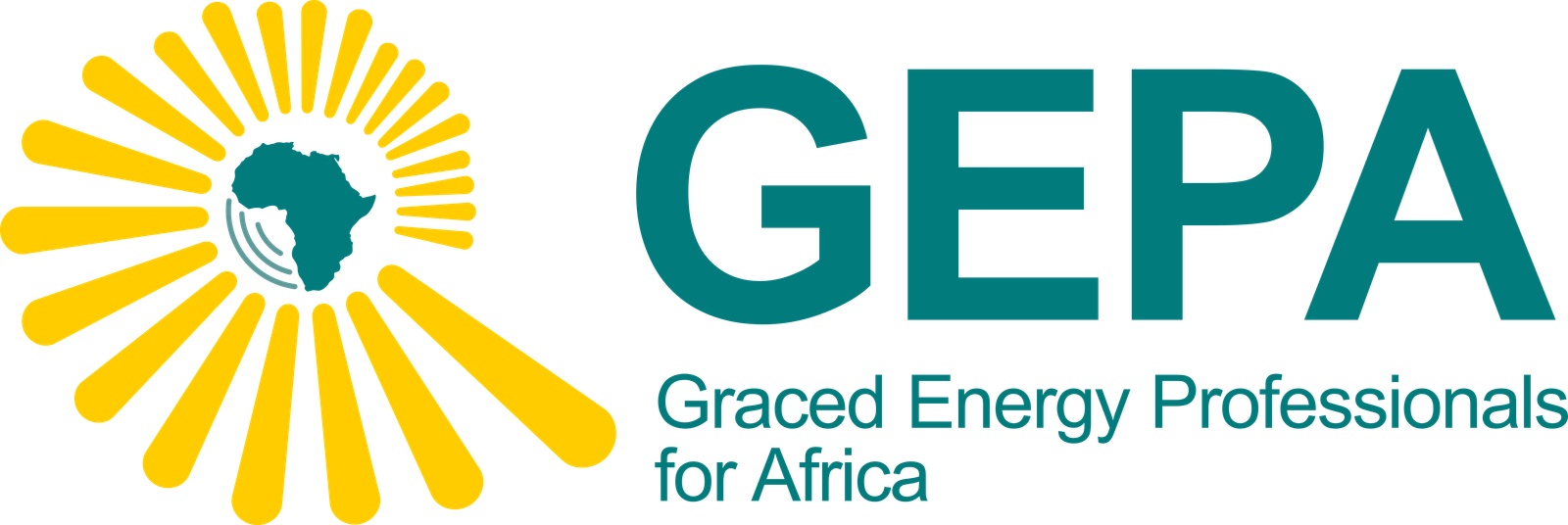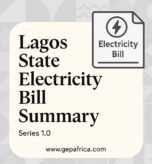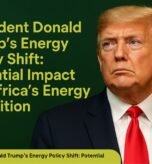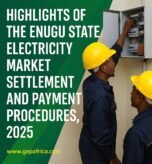The Energizing Finance Report, 2024 is an annual report by Sustainable Energy for All (SEforALL) providing a comprehensive analysis of tracked finance commitments flowing towards energy access.
A few key takeaways that stand out:
- Commitment Imbalance
Between 2014 and 2022, countries in Asia, particularly India, Bangladesh, and Pakistan, received significantly more electricity access financing than Sub-Saharan Africa, despite many African countries facing urgent energy access challenges. - Case Studies of Success of Bangladesh & Kenya
Both countries show remarkable success in increasing electricity access, Bangladesh from 32% to 99.9% and Kenya from 15% to 76.5% over the past two decades. How did they achieve this?
✅ Policy & Regulatory Frameworks: Both countries created strong, supportive policies and regulatory frameworks that helped drive sectoral progress.
✅ Increased Financing: Bangladesh and Kenya secured significant financing for Transmission & Distribution (T&D) networks, focusing on building robust infrastructures. - Lessons for Africa
- Governments should prioritize political will, as seen in Bangladesh and Kenya, and involve both the private sector and government in key areas like generation and distribution.
- Investment in T&D networks is critical for increasing electricity access.
DFIs (Development Finance Institutions), like Bangladesh’s IDCOL, can play a pivotal role in accelerating off-grid solutionsAfrican countries could replicate this model. - Innovative Financing Structures. Both countries showcased the importance of clear and consistent policies. For instance, Kenya’s Feed-In-Tariffs (FITs) and Bangladesh’s regulatory focus on IPPs are strategies that could benefit other African nations like Nigeria.
If you’re working in energy or development finance, We’d like to hear from you.
What strategies have you seen work in your region?
Please do let us know in the comments 👇
- Governments should prioritize political will, as seen in Bangladesh and Kenya, and involve both the private sector and government in key areas like generation and distribution.



